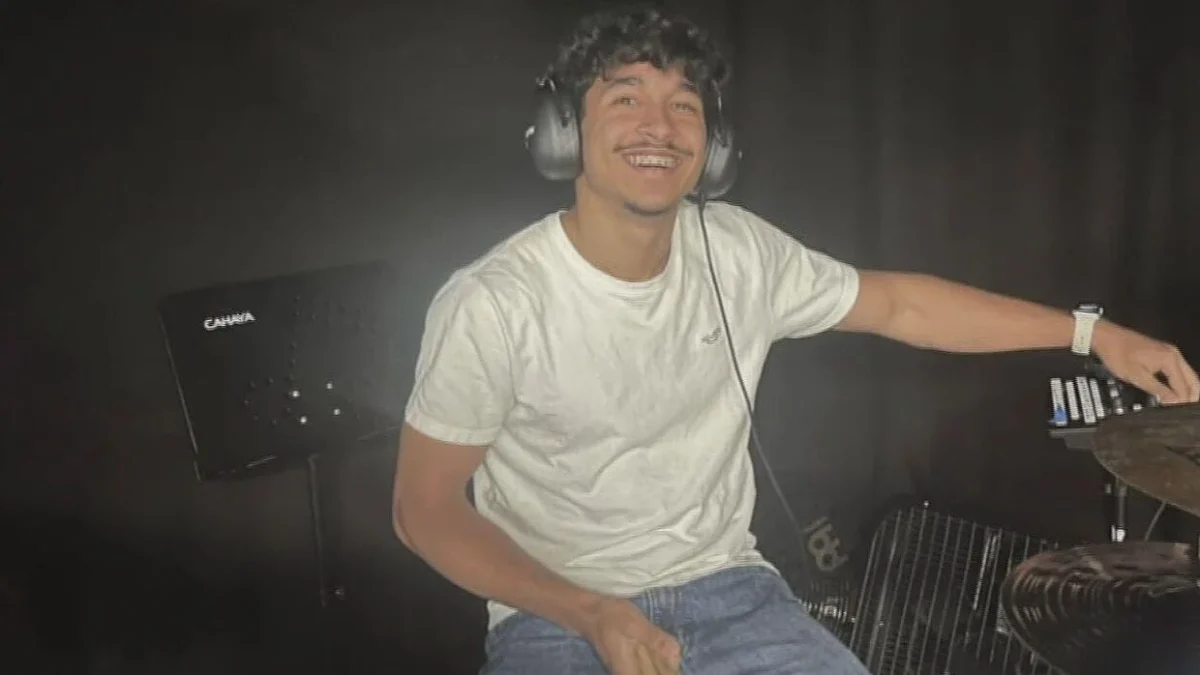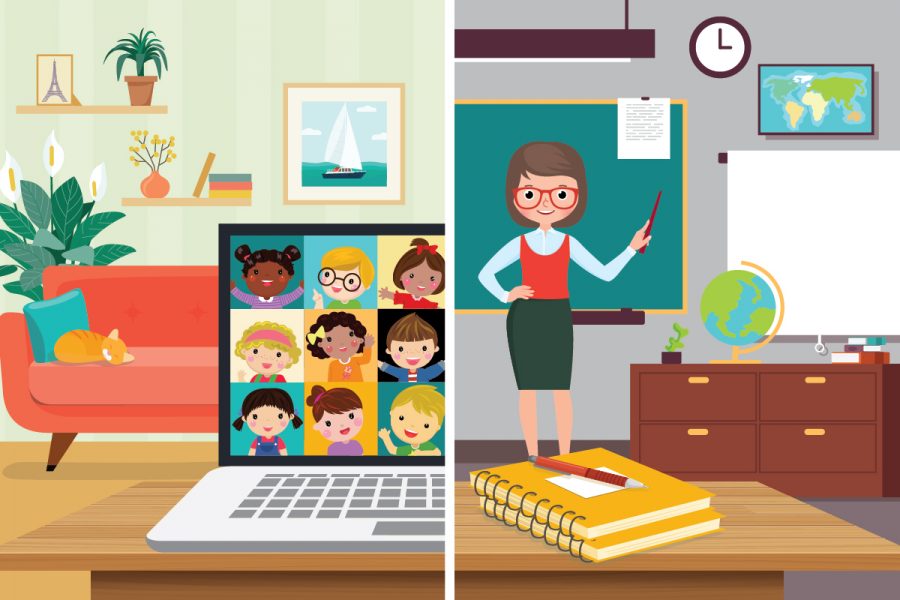Hybrid vs Remote Learning: the Important Conversations
February 2, 2021
With consistently high COVID-19 positivity rates in Milford, there has been much and often heated debate about whether or not it is safe for students and teachers to return to school for hybrid learning. Masks, social distancing, and hand-washing are strictly enforced in school, but many worry that a growing infection rate and the recent introduction of new and potentially more transmissible COVID-19 variants may pose a significant health threat to teachers and students in school. Fully remote learning, however, presents its own set of unique challenges and problems. Most notably, remote learning can make it difficult for students to access crucial school resources such as food services, and mental health assistance. Students may also suffer from a lack of safety, socialization, and daily routine that attending school in person provides. The lack of socialization and restricted access to assistance and resources could potentially create less than ideal and possibly unsafe environments for students at home. This article will outline the questions being considered on each side of the discussion regarding whether MHS students go back into school for hybrid learning so they can access crucial school resources, or remain home in the remote learning model until COVID-19 rates start to decrease?
The reality is that schools provide resources to students beyond academic or educational advantages, and the main challenge with remaining in the remote learning format is that many students unfortunately do not have proper access to those resources. For example, a lot of students rely on the breakfast and lunch provided by the school as their main source of food during the day, so when they are home they might not have consistent nutritional meals. Additionally since more and more families are facing unemployment, food insecurity, and financial instability due to the pandemic, it is increasingly likely that students might not have adequate support structure or adult supervision at home to meet their basic needs. The COVID-19 pandemic has also caused many of us to feel more isolated, anxious, and depressed, which threatens our mental and physical health. At school, students struggling with mental health issues can utilize various mental health resources as well as receiving support from guidance counselors and psychologists; teachers also play an important role as they are trained to notice the warning signs indicating that a student may be struggling. Since remote learning is conducted entirely through a computer screen, it is difficult for teachers to identify kids who may be struggling and need help, and kids who do want to reach out for help may not know how or simply not feel as comfortable doing so remotely. Unfortunately, it is easy for these students to fall under the radar, and this unintentional neglect could potentially lead to dangerous situations where students are silently struggling at home and unable to successfully engage in academics.
On the other hand, it is argued that staying in the remote format is safer for both students and teachers because of how easily COVID-19 can spread from person to person in indoor spaces. Although masks, hand-washing, and social distancing work successfully to mitigate the spread of coronavirus, the current positivity rate in Milford is 8.36% which puts Milford residents at very high risk of getting the virus and transmitting it to others. Just in the last two weeks Milford reported 241 cases of COVID-19 in our town. It has also been reported that variants, or mutant strains of the coronavirus, are making their way around the globe. In Massachusetts we have already had cases of the UK COVID-19 variant which scientists warn spreads more easily and more quickly than the original COVID-19 strain. A different variant from South Africa has also been detected in the U.S. for the first time this week. Epidemiologists estimate that those more infections strains may become dominant in the U.S. by March and lead to a surge in cases that our current vaccines may not be to address quickly enough. Not only are these new variants another possible threat to our public health and safety, but they are also a threat to the protocols and practices our schools have put in place. Many people question whether the transmission of these new variants can even be controlled using our current protocols. With the increasing threat of different and potentially more transmissible mutations of the coronavirus, many educators and parents argue that returning to hybrid learning when Milford’s community case counts are high would be unsafe. In addition to the threat of the new variants, people also argue that students and teachers should not return to school because we do not have the proper infrastructure to establish routine surveillance testing of COVID-19. Surveillance testing occurs when tests from randomly selected non-symptomatic individuals are periodically evaluated to gauge the prevalence of the disease within a community. Identifying asymptomatic cases, contact tracing, isolating and quarantine along with masking and social distancing are important factors in a comprehensive plan to control the spread. Priority access to and administration of vaccines for teachers and administrators could also increase the confidence of teachers who want to ensure their safety in the classroom. In order to return to school safely, many teachers and parents want to see increased safety protocols like free, widespread community testing, and overall decreasing rates of COVID-19 in Milford so students and teachers are at less of a risk of contracting the virus or spreading it to more vulnerable members of their family and the greater community.
This year poses so many challenges for students, families, and educators all over the world, and the decision to return to school or learn from home is a difficult one to make with many complex factors to consider. Even though there may be some debate over whether or not students should return to school, we cannot forget that teachers, school administrators, and parents all share a common goal: to give students the resources and support they need in order to learn safely and successfully during this unprecedented time. So rather than placing blame or projecting frustration onto others, we need to identify the needs of students and teachers, work together, and have intelligent and reasoned conversations informed by science in order to ensure that students are learning, staying safe, and being supported wherever and however they are completing their education.

























